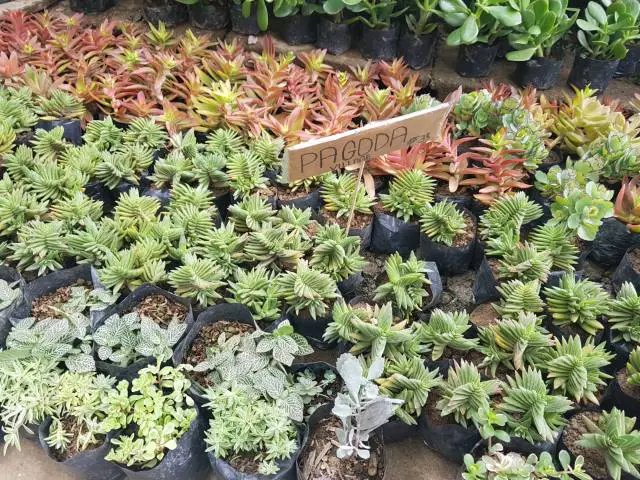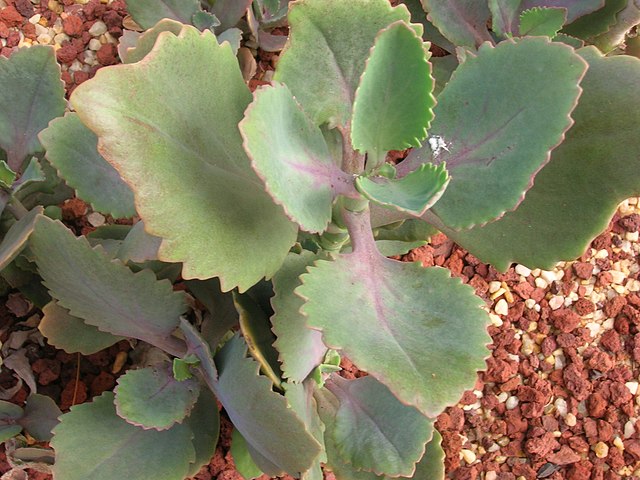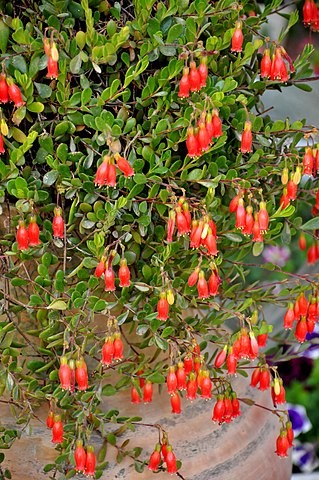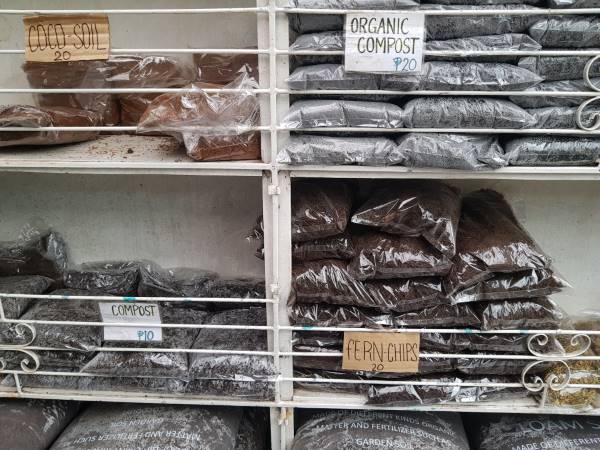Kalanchoe is an attractive succulent that comes in several colors and varieties. It is an ideal succulent for all those who do not have a green thumb and kill their plants frequently. Luckily, Kalanchoes do not require much care and grow well even with considerable negligence. Kalanchoe can grow in both outdoor and indoor conditions with specific care and maintenance needs. People who have a green thumb can easily grow Kalanchoes indoors and outdoors.
Do you know how to care for your Kalanchoes indoors and outdoors? If your answer is “No”, we are happy to share the care guide for outdoor and indoor Kalanchoes, so you can enjoy these wonderful succulents for several months.
Growing Kalanchoes indoors
Kalanchoe is popular among home gardeners, and they love to have it in their collection for the long-lasting flowers that bloom during winter. Kalanchoe is extremely sensitive to cold or freezing climates. It is best suited to grow indoors where the temperature is reasonable for its growth.
How to care for your Kalanchoes indoors? If you are looking for the answer to this question, we will share all information about growing healthy Kalanchoes indoors.
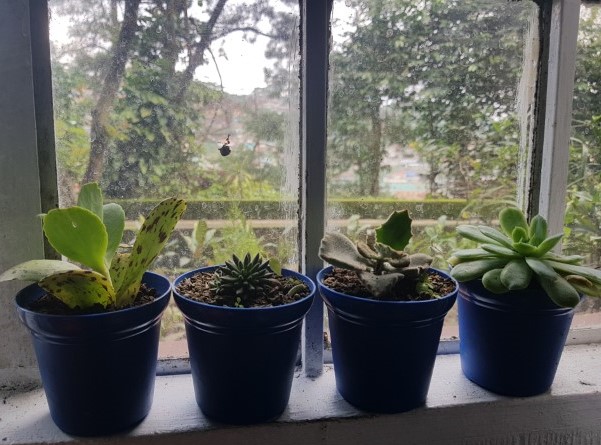
Care for indoor Kalanchoes
Kalanchoe is widely grown as a houseplant, as the indoor conditions are ideal for its growth. Growing Kalanchoes indoors is fairly simple. However, you must make a few adjustments to ensure the health and better growth of your plants.
Sunlight
Kalanchoes need ample sunlight to grow. Place your Kalanchoes at a place where enough sunlight reaches your plants. Place your plants at a well-lit spot preferably near a bright sunny window to provide them the much-needed exposure to sunlight during the day. If the heat coming from the sun is too intense keep your plants away from the windows because it causes the burning of leaves.
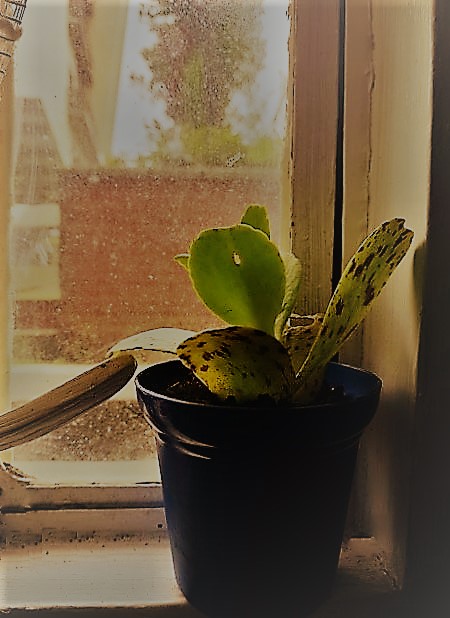
Soil type and pot size
Organic potting soil is good for indoor plants. Make a mix of 1-part succulent mix and 1-part potting soil. Preferably use soil with higher sand contents and less clay to ensure proper drainage.
Is there any specific pot size you must use to grow Kalanchoes indoors?
No, you can grow your plants in any size of containers indoors. It generally depends upon the availability of the space you have at your home. If you do not have enough space, you might consider growing in small pots. The pots must have a drainage hole to let the excess of water drain properly.
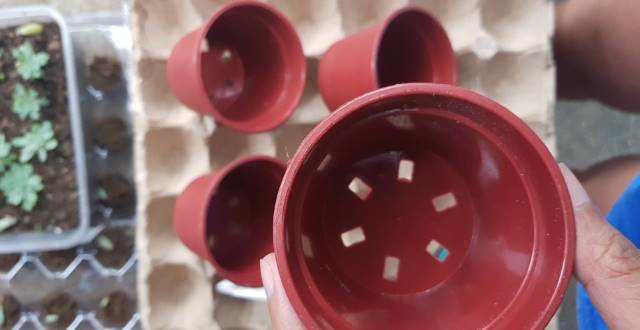
Lighting
If you are growing Kalanchoes at your home, make sure your plants are kept in a room that gets a few hours of complete darkness. During winter keep your plants in complete darkness for 10 to 12 hours. If it is not practicable for you to turn the lights off, you can also keep your plants in a closed cabinet to ensure complete darkness. They need to be kept under dark conditions every night for 2 months to ensure better blooming in the next season. Also, make sure you cut back the supply of water as well.
Temperature
Generally, room temperature is ideal for the growth of Kalanchoes. If you feel comfortable at your home, it means your home is comfortable for your Kalanchoes as well. But your plants will grow best if you keep them at 10 – 30 °C temperatures.
Watering
During the summer season give a small amount of water to your Kalanchoes weekly. In winter water your plants with just a splash of water fortnightly. Generally, there is no hard and fast rule for watering Kalanchoes. Water your plants as soon as the upper surface of the soil or top 1 to 2 inches of the soil dries out.
Check the soil by inserting your finger, if the top 1 to 2 inches of soil feels dry it’s the right time to water your plants. If it still feels slightly wet, wait for another day before watering. Avoid overwatering and let the soil drain properly to avoid standing water. Excess of water can cause root rot.
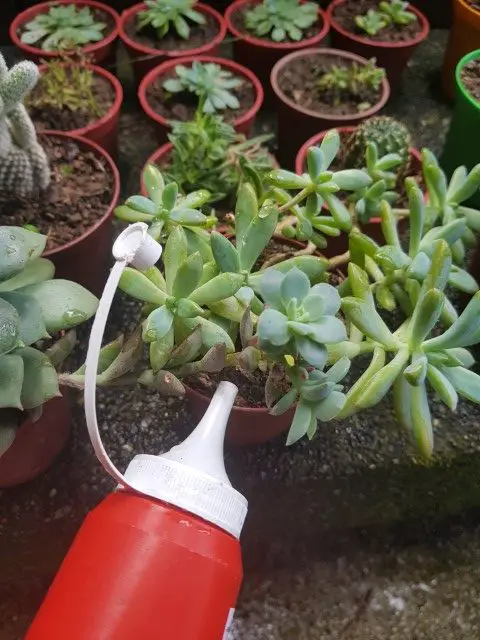
Fertilization
Do the Kalanchoe plants need to be fertilized indoors?
Yes! Apply a good dose of fertilizer twice a year once in spring and the other in summer. You can also apply a small dose of fertilizer every month. Kalanchoes do not need a lot of nutrition they grow well even with a small number of fertilizers. Use water-soluble fertilizer and apply it by mixing in water. A good dose of fertilizer will keep your Kalanchoes healthy and bloom longer.
Insect Pests
Indoor plants are not immune to insect pests. Watch out for the entry and movement of pests indoors. Kalanchoes can be severely attacked and killed by mealybugs, spider mites, scales, and aphids. Keep your plants clean and monitor for the insect pest infestations regularly. As soon as you spot very first insect pests clinging to the plants start your attempt to control the infestation at an early stage. Use a non-toxic recommended insecticidal spray or neem oil to throw away these creepy little creatures.
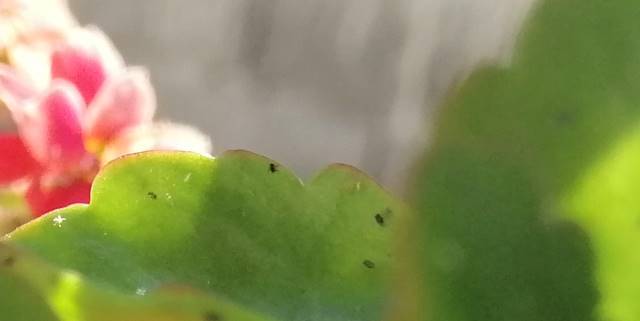
Growing Kalanchoe outdoors
Although Kalanchoes are generally grown as houseplants, they can also grow outdoors in mild or less cold winters. It’s a piece of happy news for those who want to keep their plants outdoors or at home gardens for most of the time. The climatic needs of Kalanchoe plants vary from species to species, so always check if the Kalanchoe you are growing can survive outdoors. Kalanchoe is a drought-tolerant succulent and great for growing outdoors in warmer climates (sunny areas). Therefore, they can be grown outdoors provided with necessary care and attention.
Care for outdoor Kalanchoes
If you are growing Kalanchoe outdoors, they do not need a lot of care. Do you want to know how to care for your outdoor Kalanchoes? We are glad to help you and share some useful tips for growing Kalanchoes outside so you can cherish these beautiful succulents in your home gardens or balconies.
Sunlight
Can you place your Kalanchoes outdoors under the sun?
Absolutely Yes! You can place your Kalanchoes outdoors at a bright sunny location, as they love to grow under direct or indirect sunlight.
Although Kalanchoes love the sun, that does not mean they must be kept under the bright direct sunlight all the time. Preferably keep your plants at a shady place most of the time. Placing your Kalanchoes outdoors when the sunlight is too intense and the weather is excessively warm, causes tissue damage.
Soil type and pot size
The soil is no different, whether you are growing and indoor Kalanchoe or outdoor Kalanchoe. Use a well-draining organic potting soil to grow your Kalanchoes outdoors. The soil must be high in sand and less clayey to ensure drainage.
Which size of the container must be chosen to grow Kalanchoes outside? Preferably use large-sized containers provided with a drainage hole. If you are planning to plant your Kalanchoes in garden soil, always wait until when the frost is over.
Temperature
Kalanchoe plants grow best in tropical and subtropical climates. They require a warm temperature of 65 to 85 °F (18 to 30 °C) to show optimal growth. Kalanchoes can be planted outdoors in warm climates under plenty of sunlight, preferably at a shady location. However, these plants are highly frost-sensitive and should be protected to prevent frost damage outdoors. It is better to move these plants indoors or a warmer place to avoid frost damage. If the day temperature is high and the night temperature is very cold, don’t forget to bring your plants indoors at night. Care must be taken to prevent the exposure of Kalanchoes to extremely high temperatures or warm climates, as it can cause sunburn or sunscald.
Watering
They need low watering, whether grown outdoors or indoors. Outdoor Kalanchoes don’t have specific watering needs, a slightly moist is soil is perfect for them. If you are growing Kalanchoe outdoors, that does not mean they require more water. Always water your plants when the top 1 to 2 inches of the soil dry out completely. Just like in the case of indoor Kalanchoes, do not overwater because Kalanchoes do not like soggy soils and it can cause root rot ultimately killing the plants. Kalanchoe also can’t tolerate extreme drought, as it can inhibit the growth of the plants.
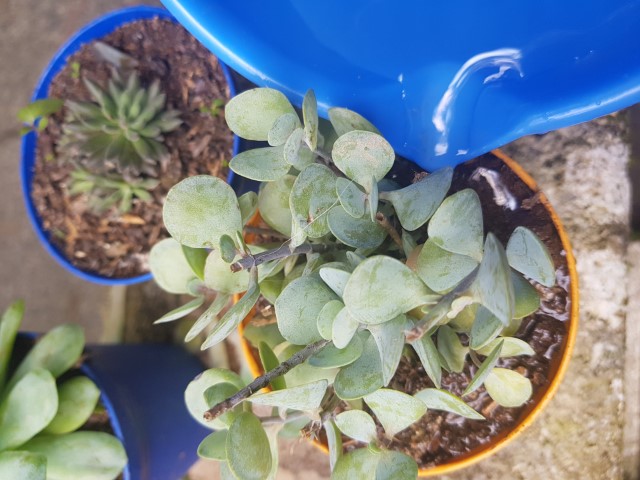
Fertilization
Outdoor Kalanchoe requires a small dose of fertilizer every month. Use water-soluble fertilizer to feed your plants.
Propagation
Propagate your kalanchoes in spring by taking stem or leaf cuttings of 2 to 3 inches. And do not move them immediately under bright direct sunlight, keep them under dappled sunlight.
Pests and Disease
Outdoors Kalanchoes are more sensitive to insect pest infestations. Several aphids, mealybugs, scales, and spider mites can attack outdoor Kalanchoe at all growth stages. The signs of insect pest infestation are usually visible in the form of honeydew or wax-like secretion on the leaves, the leaves may appear discolored, broken, or torn. To save your Kalanchoes from insect pest damage use a recommended insecticidal or neem oil spray. Kalanchoe grown in high humidity can suffer from leaf spotting and powdery mildew fungal diseases.
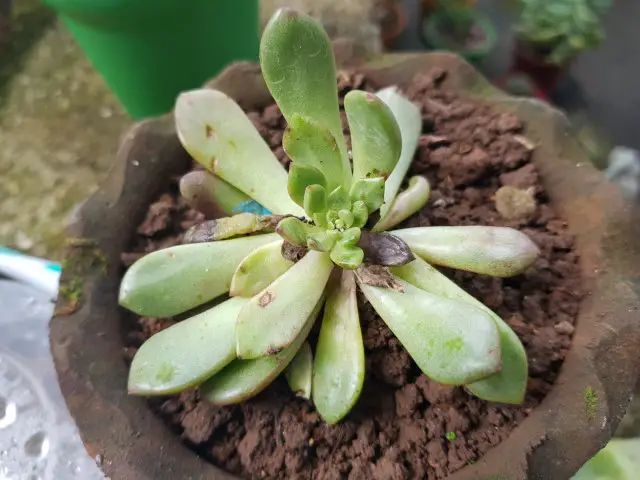
Now you have a complete “To do” and “Not to do” list of growing Kalanchoes outdoors and indoors. There is not a big difference in indoor and outdoor planting of Kalanchoes. By following the right temperature, water, and light requirements, you can have your Kalanchoes grow healthy and broom for longer.

